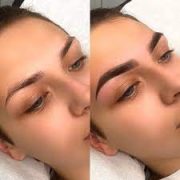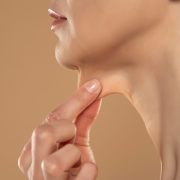LED light therapy has become more and more popular in recent years. Check out this article to know what LED light therapy is and what LED light therapy benefits are!
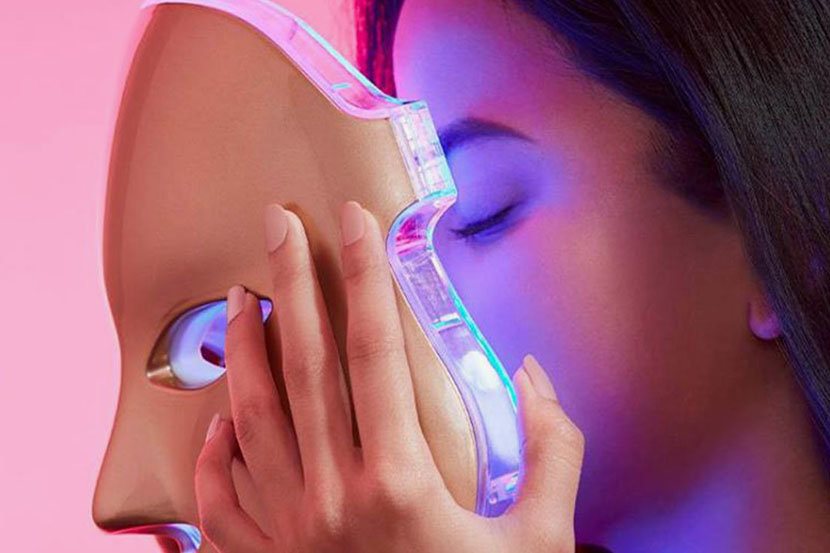
What is LED Light Therapy?
LED (light-emitting diode) light treatment is used to treat acne, fine wrinkles, and psoriasis, among other skin disorders. LED light therapy is a non-ultraviolet light-based skin treatment. Instead, it employs skin-safe, low-level light that comes in a variety of wavelengths and hues.
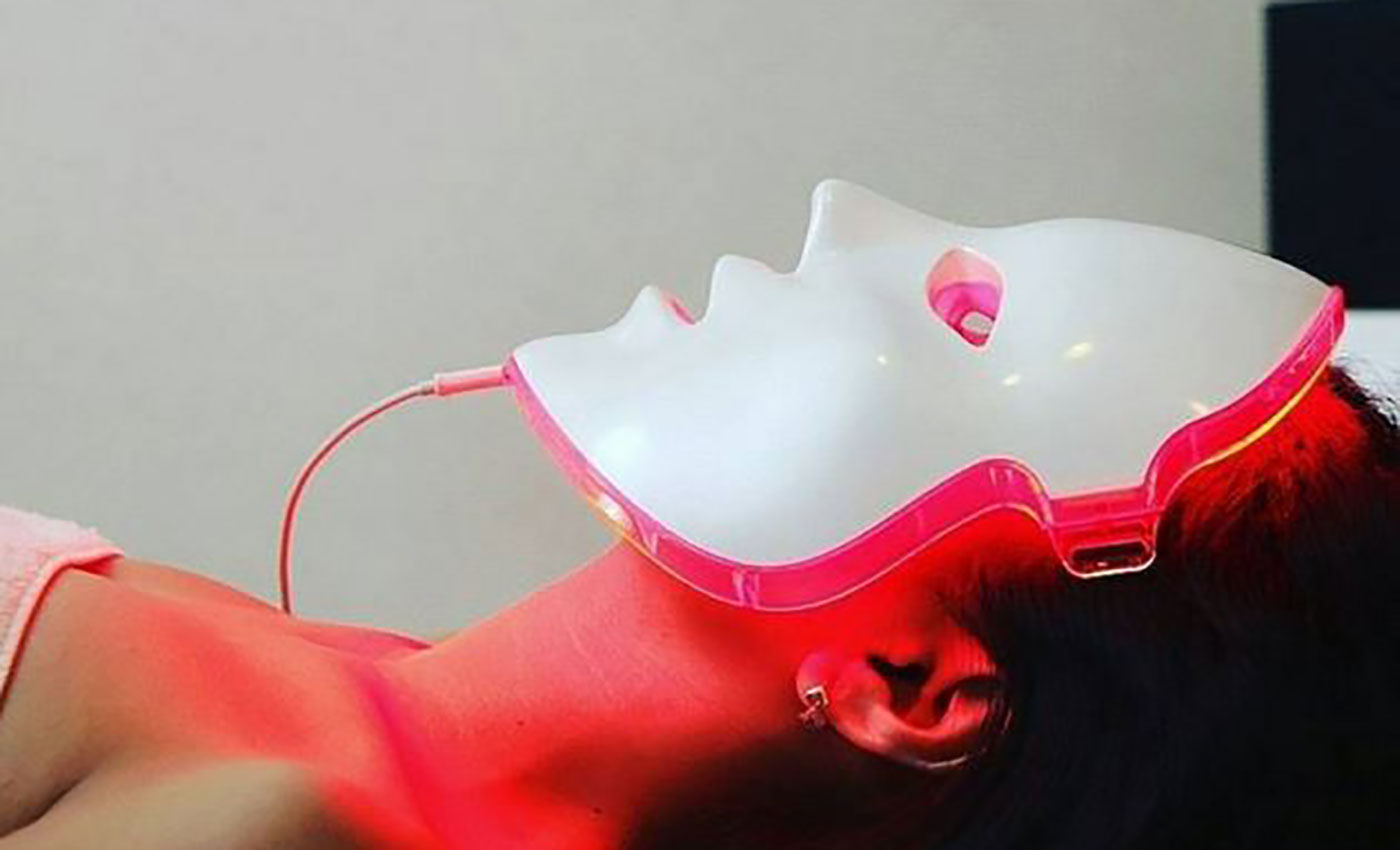
NASA began researching the benefits of LEDs in boosting wound healing in astronauts by assisting cell and tissue growth in the 1990s. LED light therapy is now widely used by physicians and estheticians to treat a variety of skin conditions. To achieve the greatest results, skin experts frequently combine LED light therapy with additional treatments such as lotions, ointments, and facials.
While LED light treatment is usually done in a dermatologist’s clinic, it can also be done at home. This treatment is now available in a variety of at-home devices, such as LED masks.
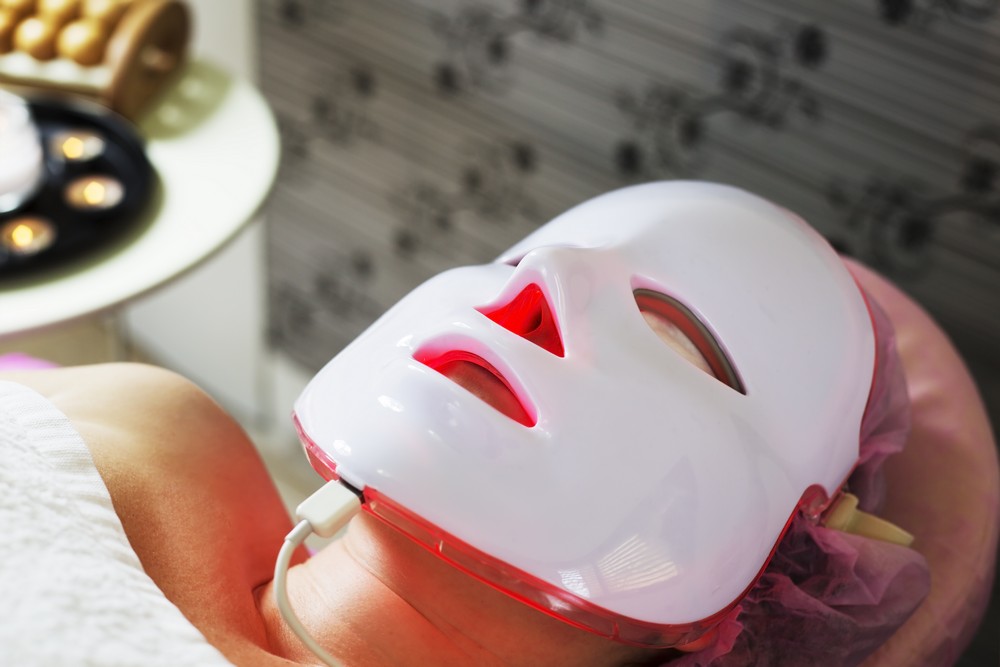
What are LED Light Therapy Benefits?
LED lights have been around since the 1960s, but they have only recently been employed to treat the skin. This therapy could be used to treat a range of skin diseases since various wavelengths reach the skin at different depths. Continue reading to learn more about LED light therapy and its benefits for the skin.
1. Acne
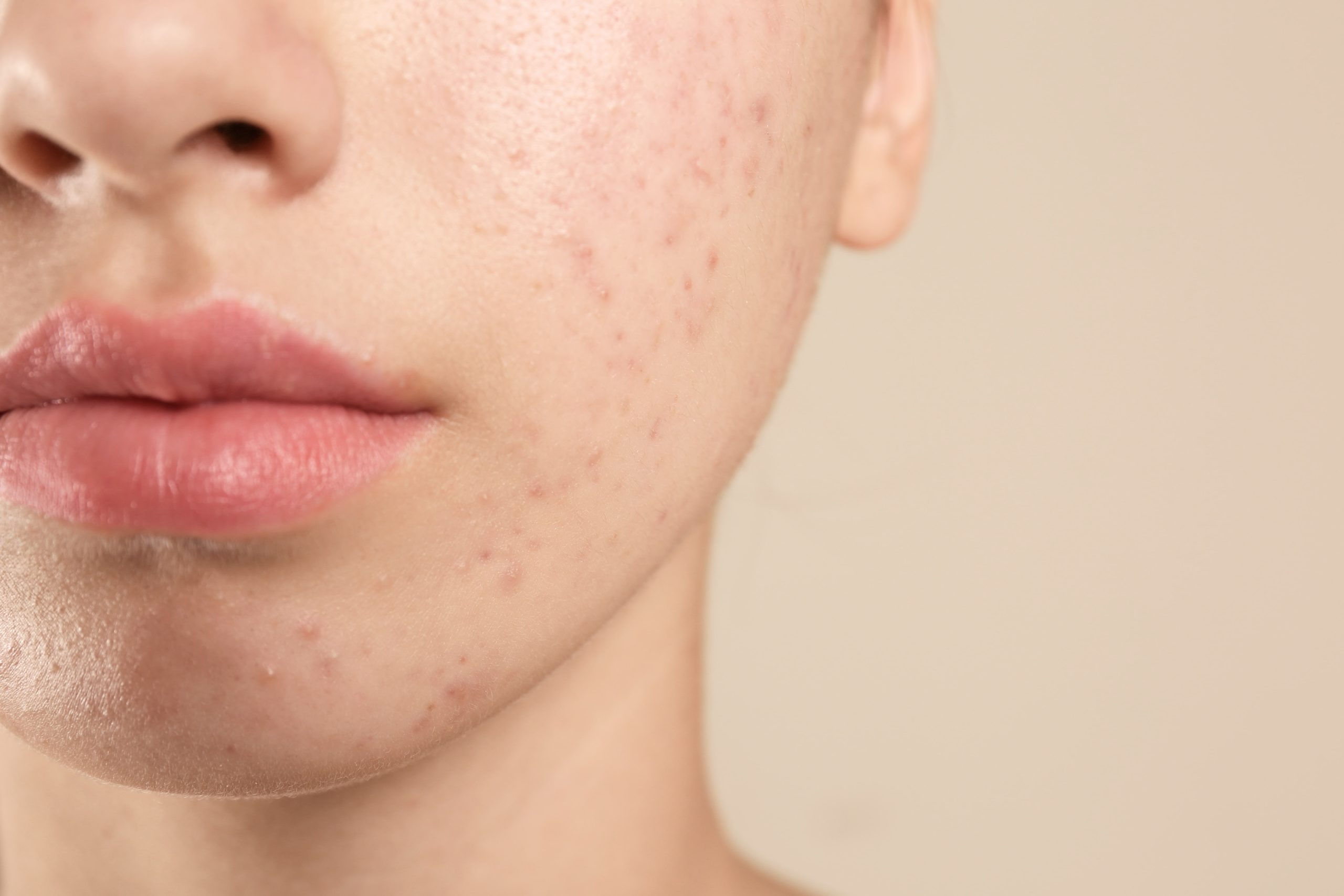
Phototherapy is a highly efficient treatment for acne lesions, particularly acne induced by inflammation or bacteria. Blue light treatment is the most popular form of light therapy used to treat acne outbreaks. It can also reduce the quantity of oil your glands produce. This stops acne by preventing the hair follicle from becoming blocked.
2. Aging
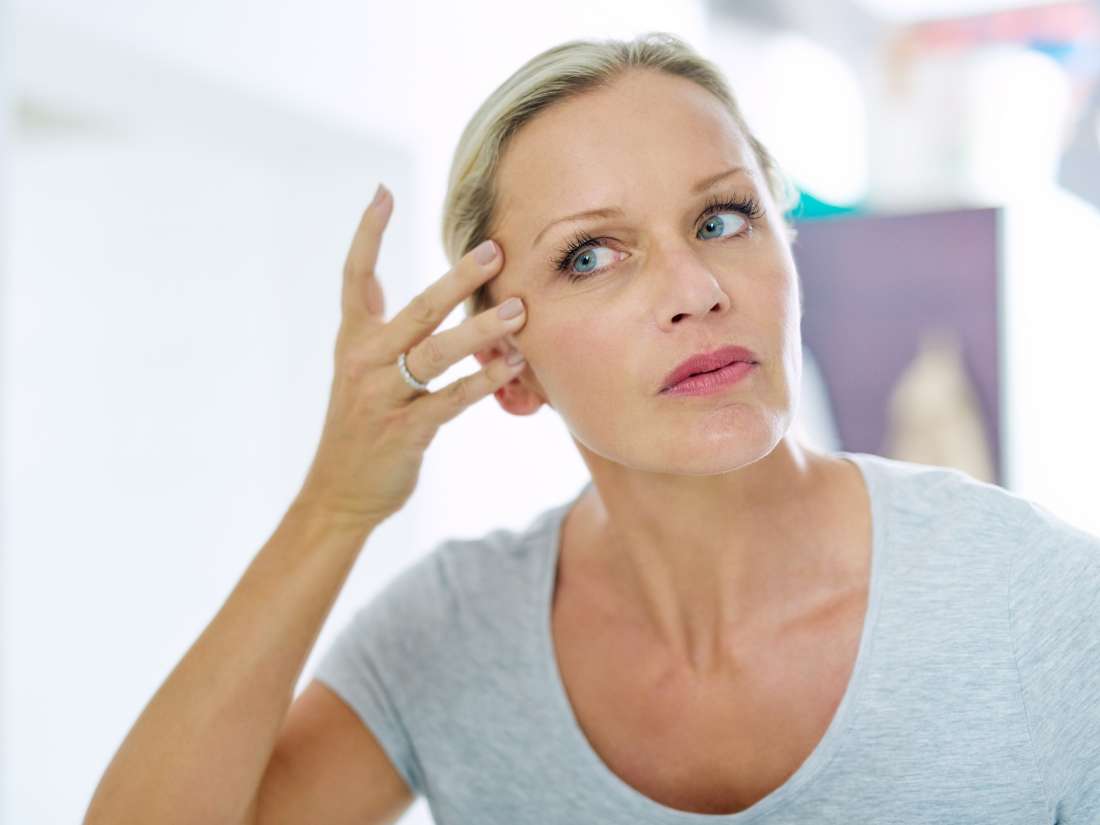
Scarring and age indications such as wrinkles may be improved by the red LED light. Red light may have this effect via acting on fibroblasts, which are skin cells that produce collagen. More collagen means your skin would appear smoother and fuller, reducing the appearance of fine lines and wrinkles. Red LED light is also claimed to decrease inflammation and improve circulation, giving you a more youthful appearance.
3. Wound Healing
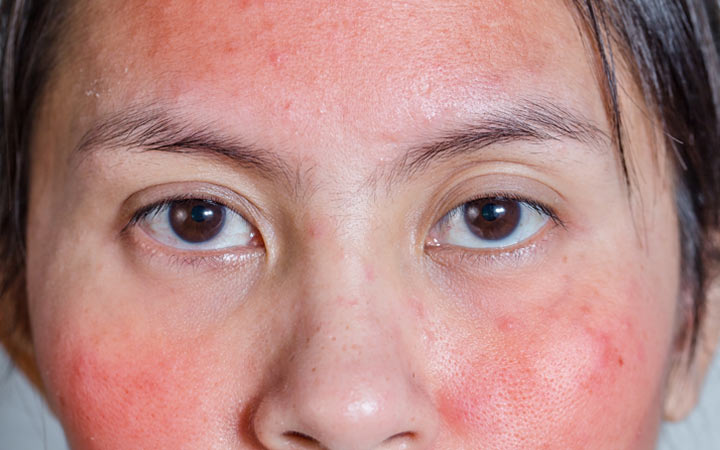
Red light treatment aids in the quicker healing of burn wounds in humans and mammals, and it does so in a natural way with low dangers or side effects. Collagen is necessary for wound healing and is stimulated by the red LED light. This type of light treatment has been shown in studies to reduce redness, swelling, and bruising while also speeding up the healing process.
4. Hair Loss
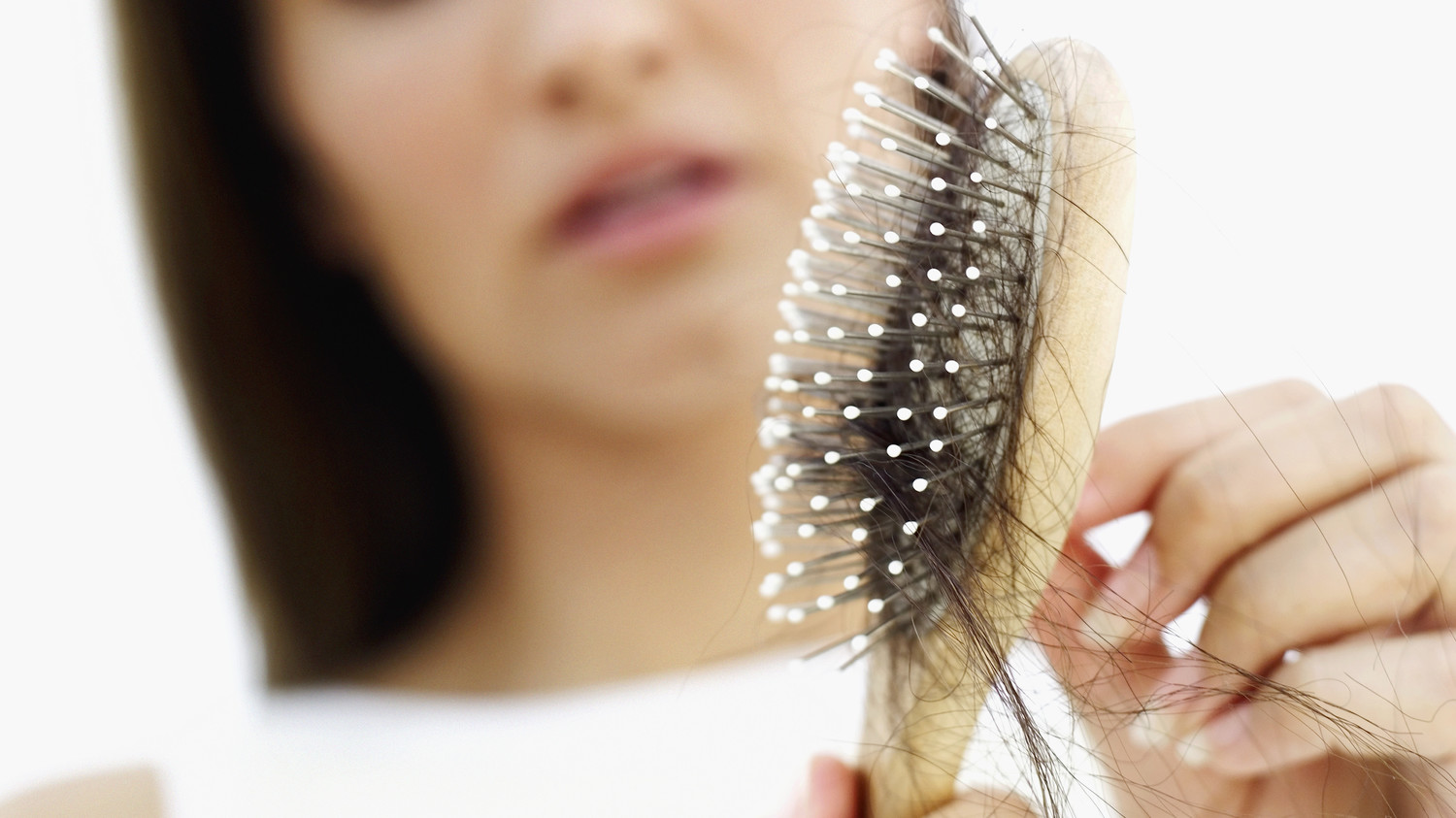
For people suffering from male- or female-pattern hair loss, red LED light treatment can help encourage hair growth. Photons are irradiated into scalp tissues during low-level laser therapy, commonly known as red light therapy or cold laser therapy. Weak cells absorb these photons, which promote hair growth. The method is typically regarded as being safer and less invasive than hair transplant surgery.
Other Benefits of LED Light Therapy
- Reduces the appearance of fine lines and wrinkles.
- Controls inflammation
- It improves blood circulation.
- Collagen production is boosted.
- Provides brightened Skin
When deciding whether or not a therapy is suitable for you, there are certain upsides and downsides to consider. Your doctor can assist you in making an informed decision.
Potential Side Effects
Although LEDs are generally considered to be quite safe for all skin colors and types, we cannot completely rule out the side effects. Some rare side effects include-
- Inflammation
- Skin Redness
- Dryness
- Rashes
- Swelling
- Tenderness
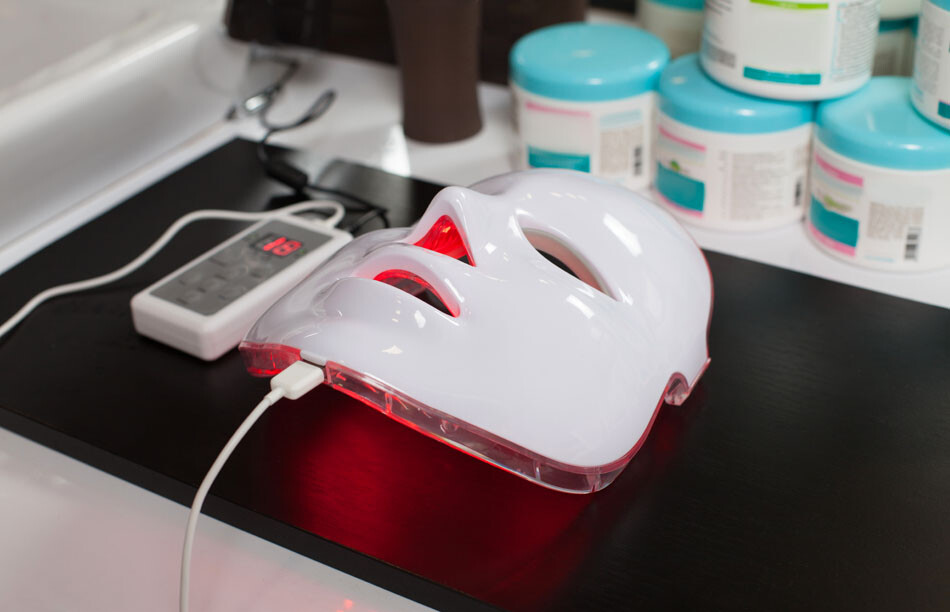
Note; Phototherapy sessions typically cost $40 to $60 a session, depending on the cost of living in your area. After your first session, you might expect minor benefits but to observe noticeable effects, you’ll usually need numerous sessions.
For whom LED Light Therapy is not suitable?
LED light treatment isn’t right for everyone, especially those who:
- Take some medications, such as isotretinoin and lithium that make them more sensitive to sunlight.
- Have a family history of certain disorders, such as skin cancer and hereditary eye problems.
Before undergoing LED light treatment, those with such issues should consult a dermatologist.
Conclusion
Although the majority agrees the outcomes are amazing, they aren’t lasting. LED light therapy, particularly LED light masks, should not be considered a cure-all for all skin issues or a substitute for a doctor’s visit. To put it another way, consider it more of an addition to your skincare routine. We hope you found this article useful. Let us know your thoughts in the comment section.
